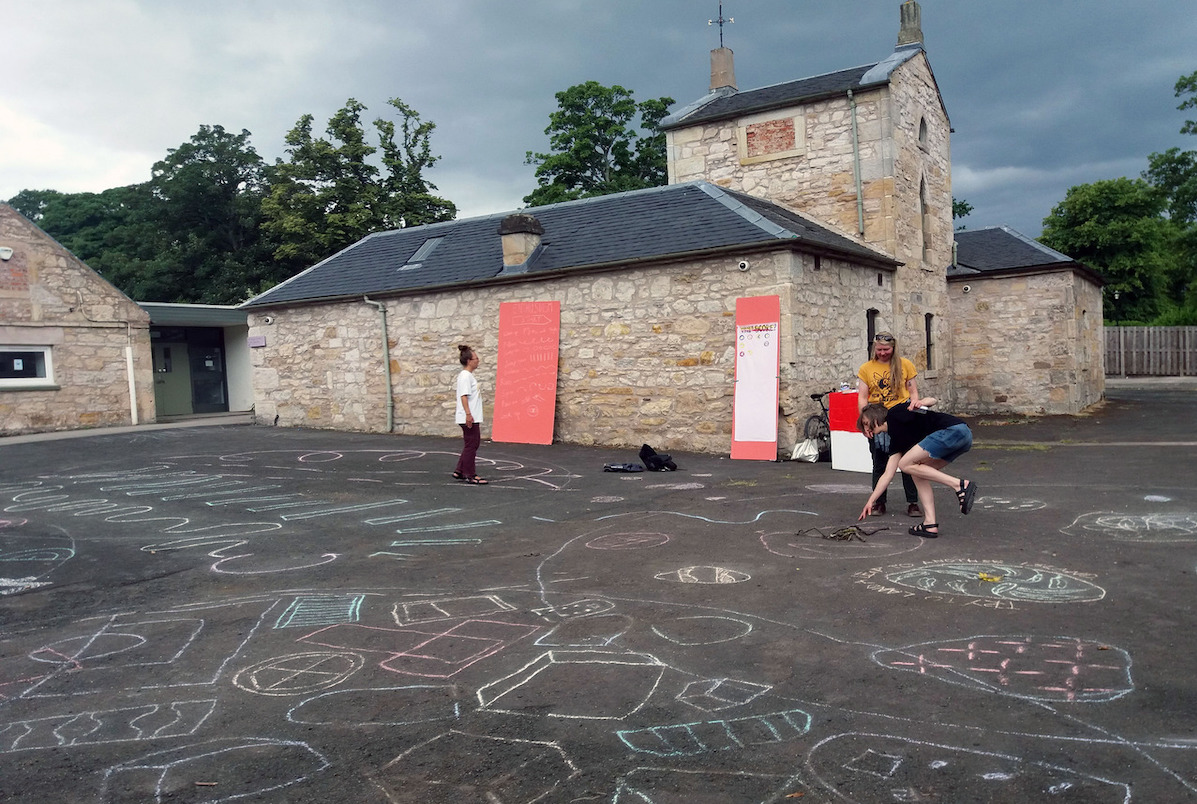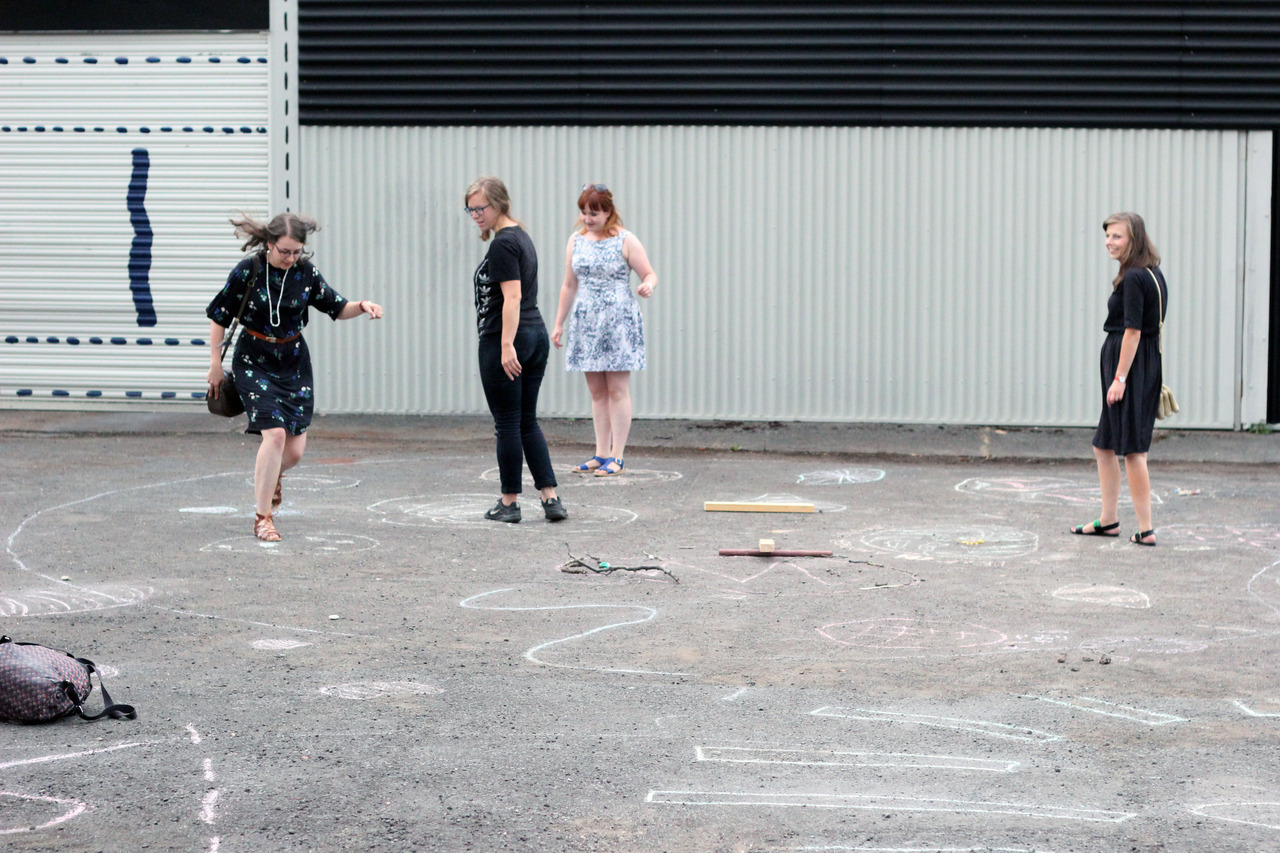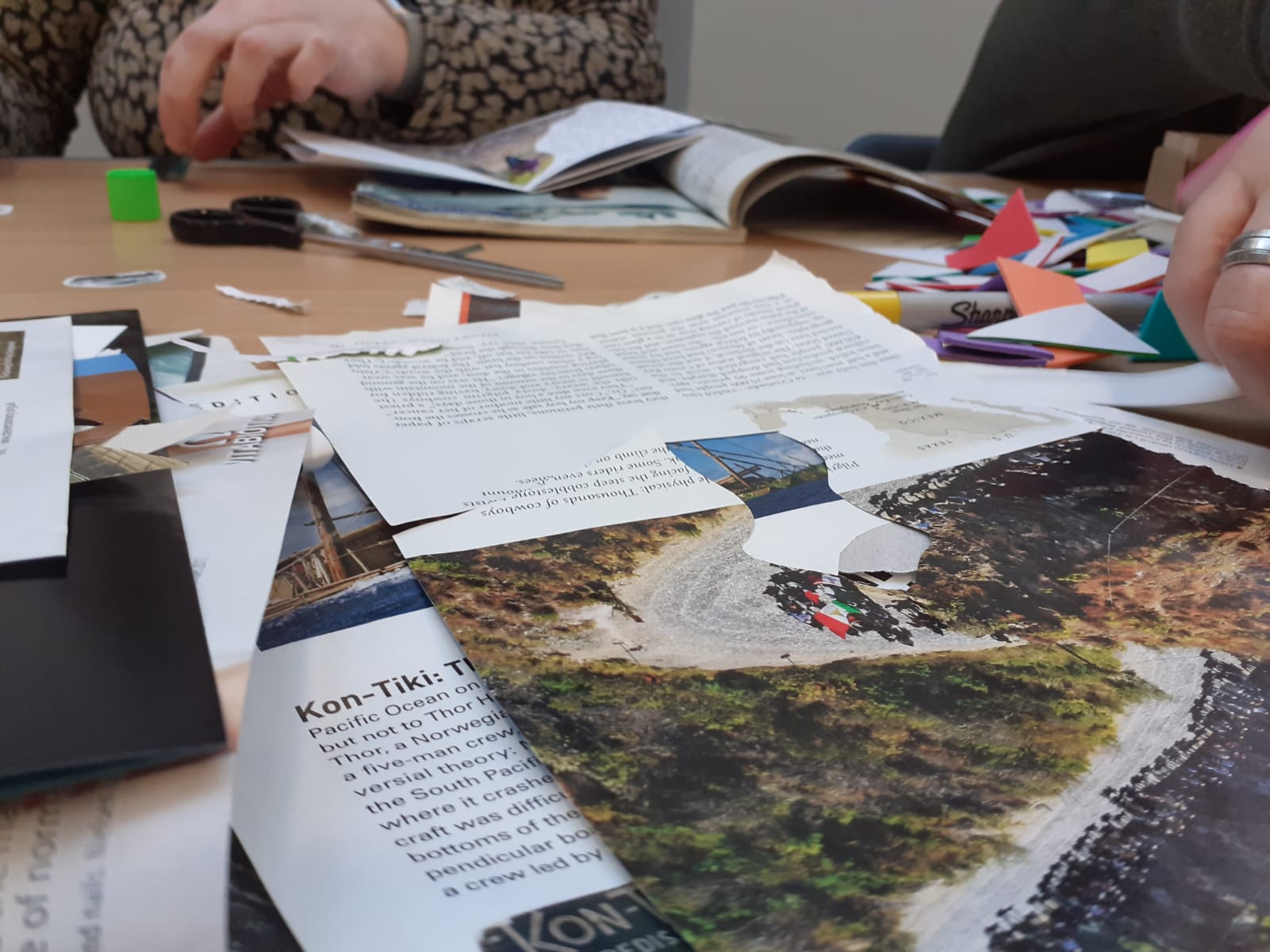
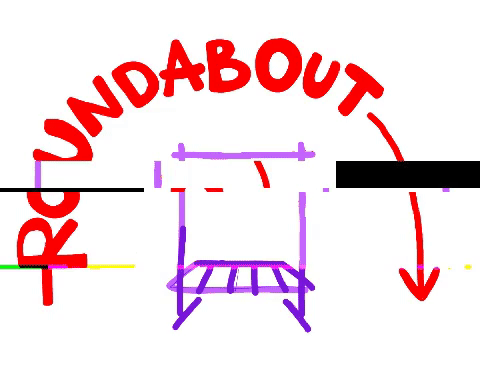

Workshop series commissioned by the Mental Health Foundation & the Scottish Mental Health Arts Festival, 2021-2023

The aim of the Reclaiming Our Heritage project is to record and preserve the history of the arts and mental health community in Scotland, going as far back as the 1950s and continuing until the early 2000s. In response to the ROH oral history archive, Roundabout programmed and delivered 8 engagement activities across Scotland and online, activating the archival material and encouraging a visual response to it through zine-making. The resulting DIY zines, and two learning resources (for individuals and groups) can be accessed on the website of the project: https://www.mhfestival.com/projects/reclaiming-our-heritage/resources
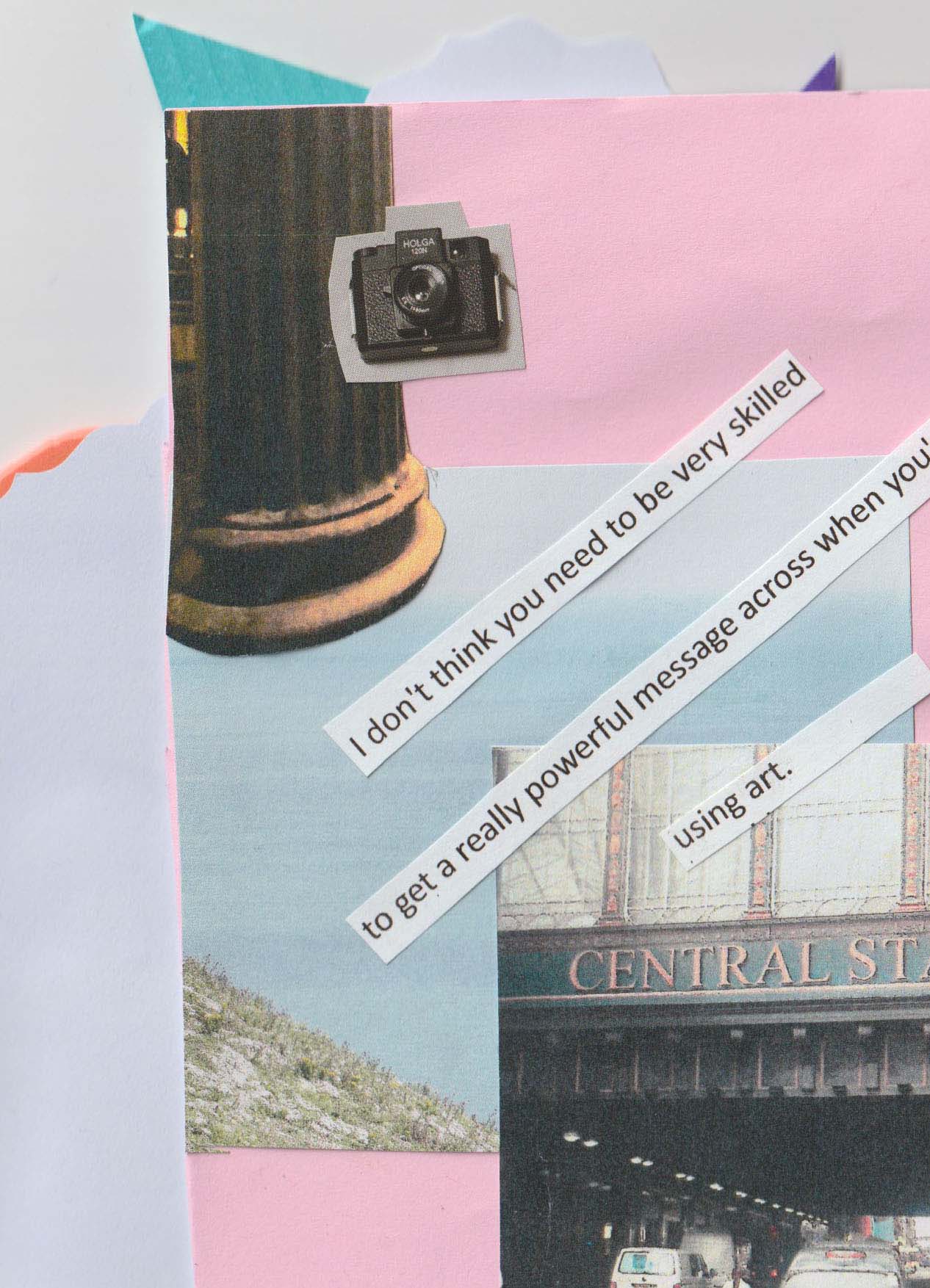
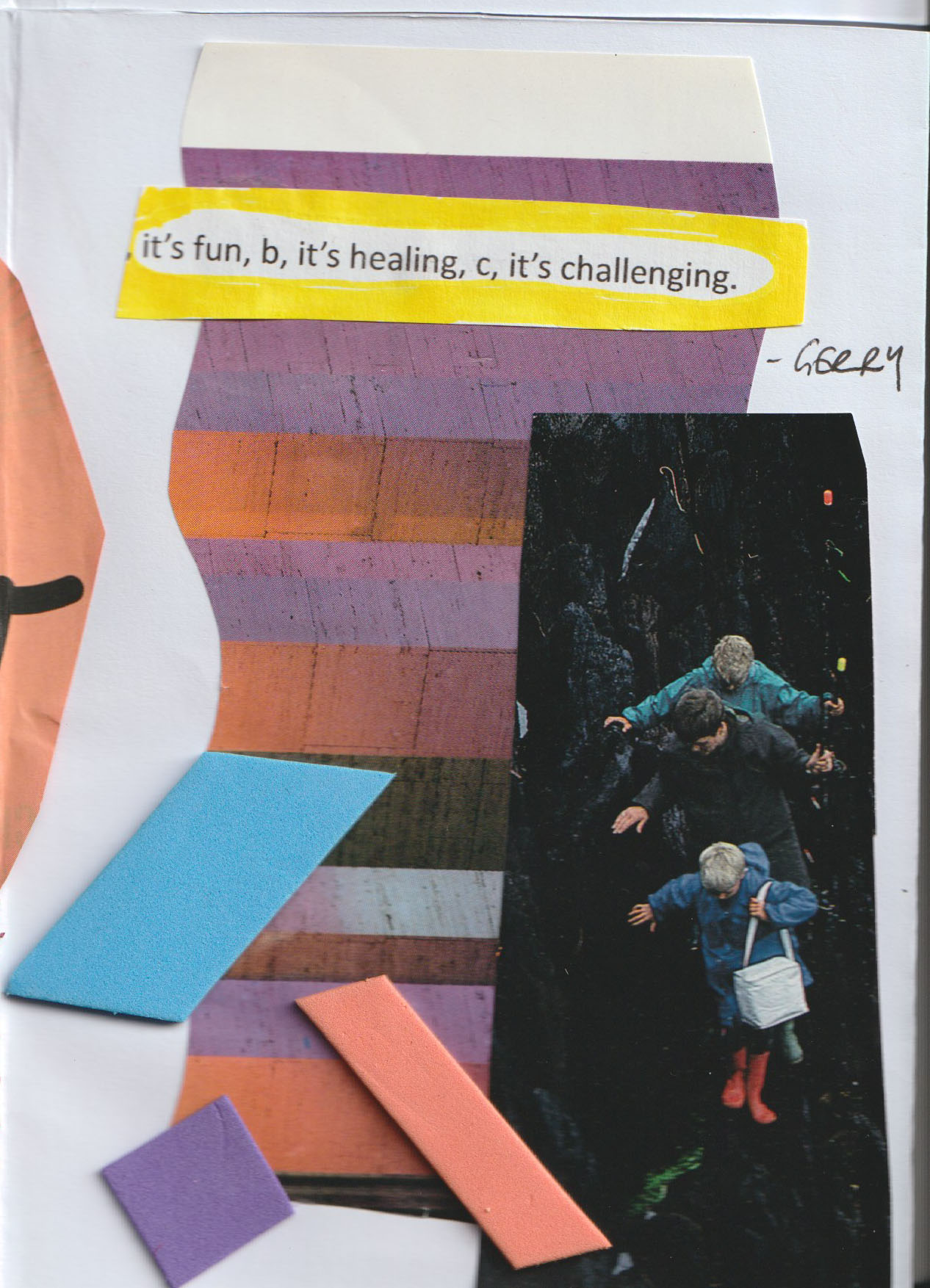
In October 2023, a curated display presented the resulting zines and learning resources for the first time at the Moving Minds event part of the Scottish Mental Health Arts Festival 2023, at Civic House in Glasgow (Photos by Ingrid Mur).
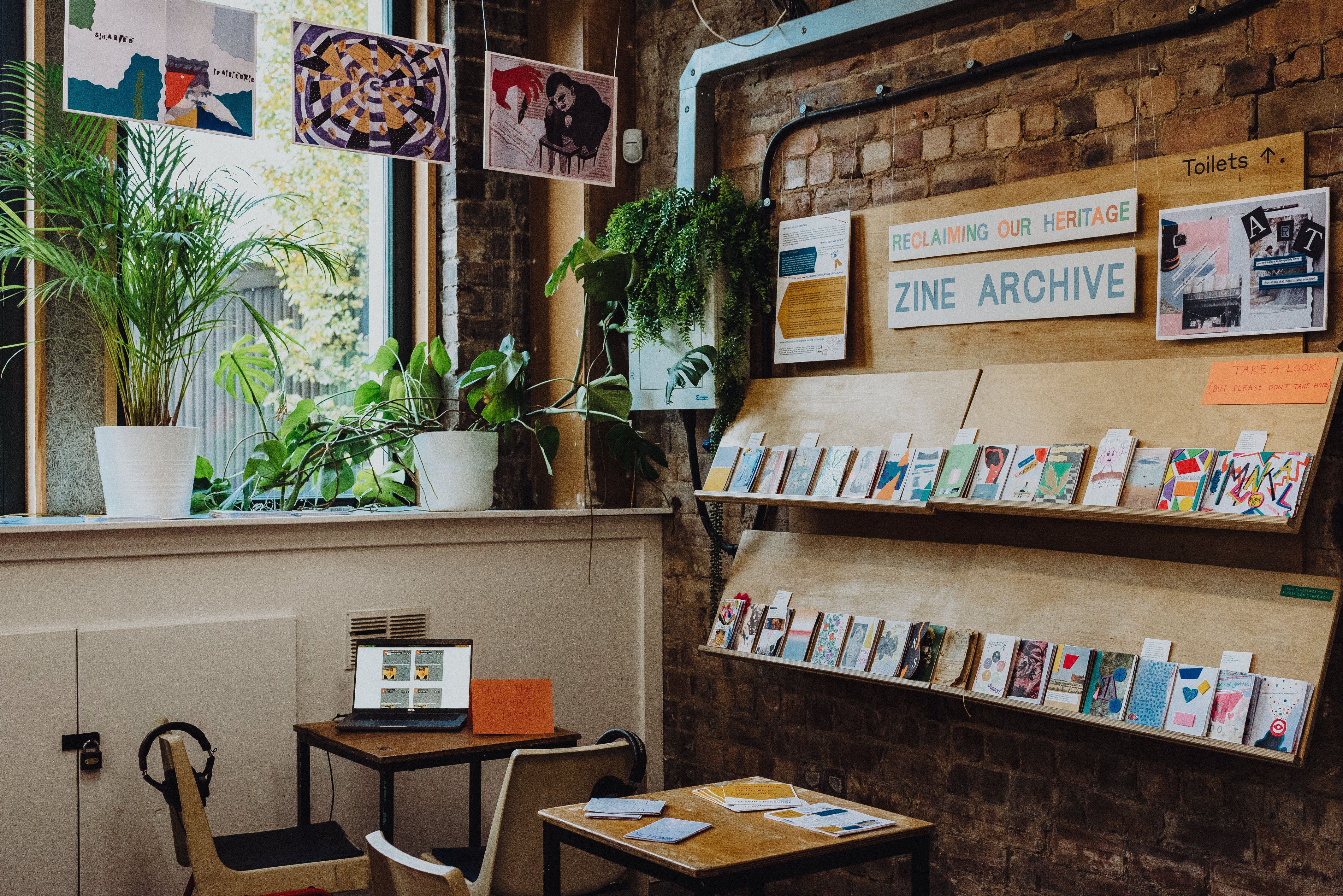
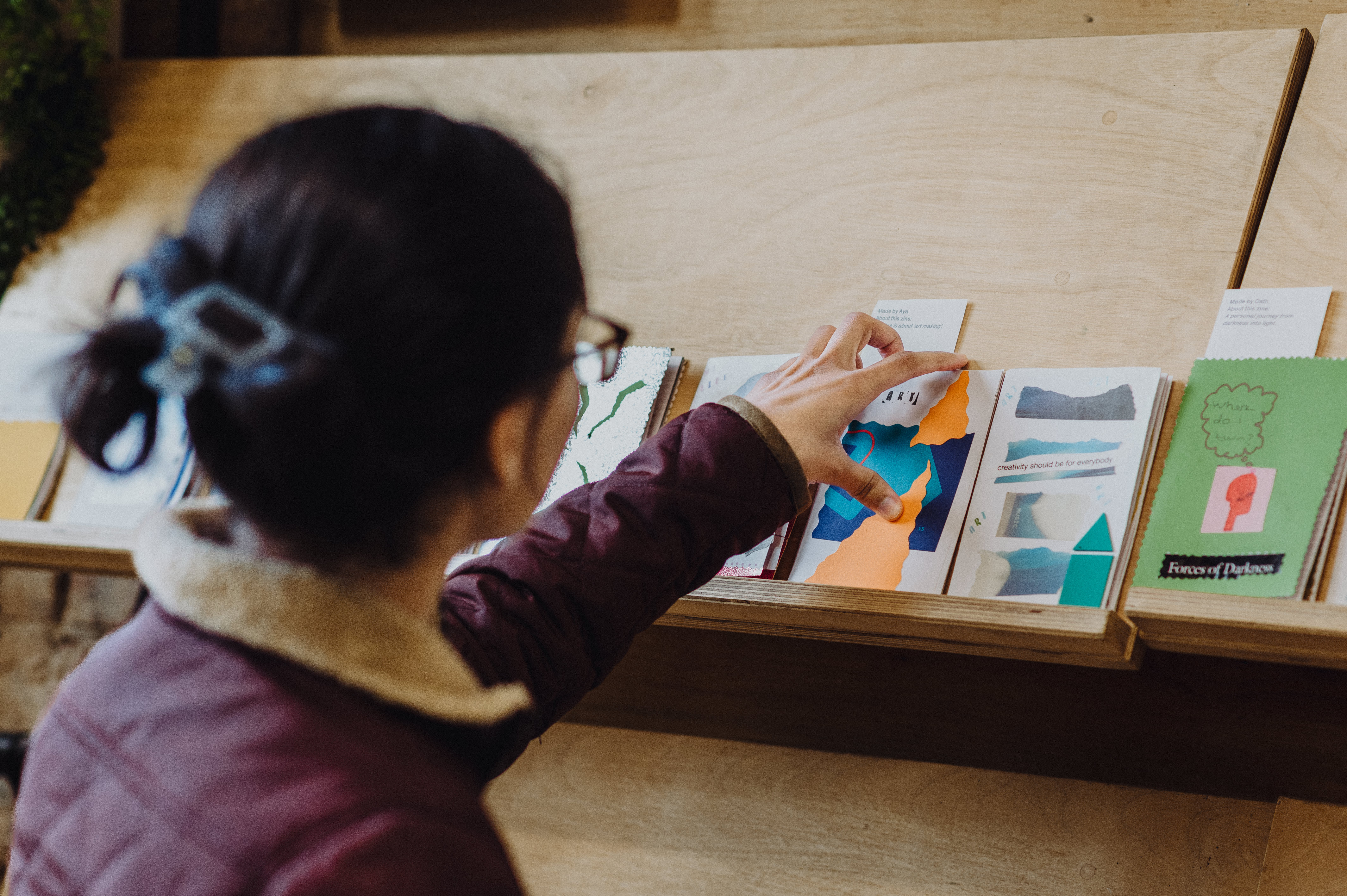
Community project commissioned by Community Land Scotland (conversational walks, signs, an adventure trail and short animation), 2021
The Viewpark Glen in the East End of Glasgow gained community ownership in 2020, when Scotland was facing lockdown restrictions due to COVID-19. Our group was commissioned to perform walks in the glen with regular and occasional visitors, record interviews and through that, develop an artistic research project. We recorded interviews and invited people to engage in creative activities while moving through the green environment. We found that the recently gained community ownership offered the chance for future visions for getting together as a community to develop, and therefore provided a heightened sense of hope in pandemic times. We presented some of these future visions on signage installed locally and in a short animated video aimed at young people. We also installed signs that lead people on an adventure trail and help them see various aspects of the glen (eg. history, wildlife, foraging options). Through engaging locals and visitors to explore and spend time, we hope to raise awareness on the importance of tranquil activities and social imagination in such turbulent times.
'During the socialist period, cheap to produce and easy to maintain play parks flooded the Eastern side of the Iron Curtain. The play structures were almost identical in each country, with their bare metal bars, elementary colours, and geometric shapes. All around the world from the ‘60s on, newly built housing estates had an area designed for outdoor play activities. The colorful animal shapes of contemporary playgrounds that leave little room for imagination came later on. However, in 2020, play spaces everywhere are wrapped around in red tape, closed off. The architecture of play has become restricted, trapped between the walls in the buildings of the districts occupying the grids of our empty cities. In this situation more than ever, we rely on our fantasies to imagine alternative futures, just like the children playing on bare metal structures in the Soviet Block.
Our bodies are the new building material. Our torsos evoke the familiar structures, imagining the metal bars to be our bones. The lines that connect the hypothetical anchor points of play structures become soft and tender, before tensing up as we hold the pose and master the performance of unfamiliar habits until they become familiar again.'
Made in lockdown as part of SHIFT: The International Biennale of Performance, Collaborative and Participatory Arts [SHIFT: ibpcpa],
June 30 - August 30, 2020.
http://ibpcpa.co.uk/
Workshops culminating in performance piece and installation. April 2019, residency at Nástupište 1-12 in Topol’čany, Slovakia, Anna Tudos and Maria + Henri.

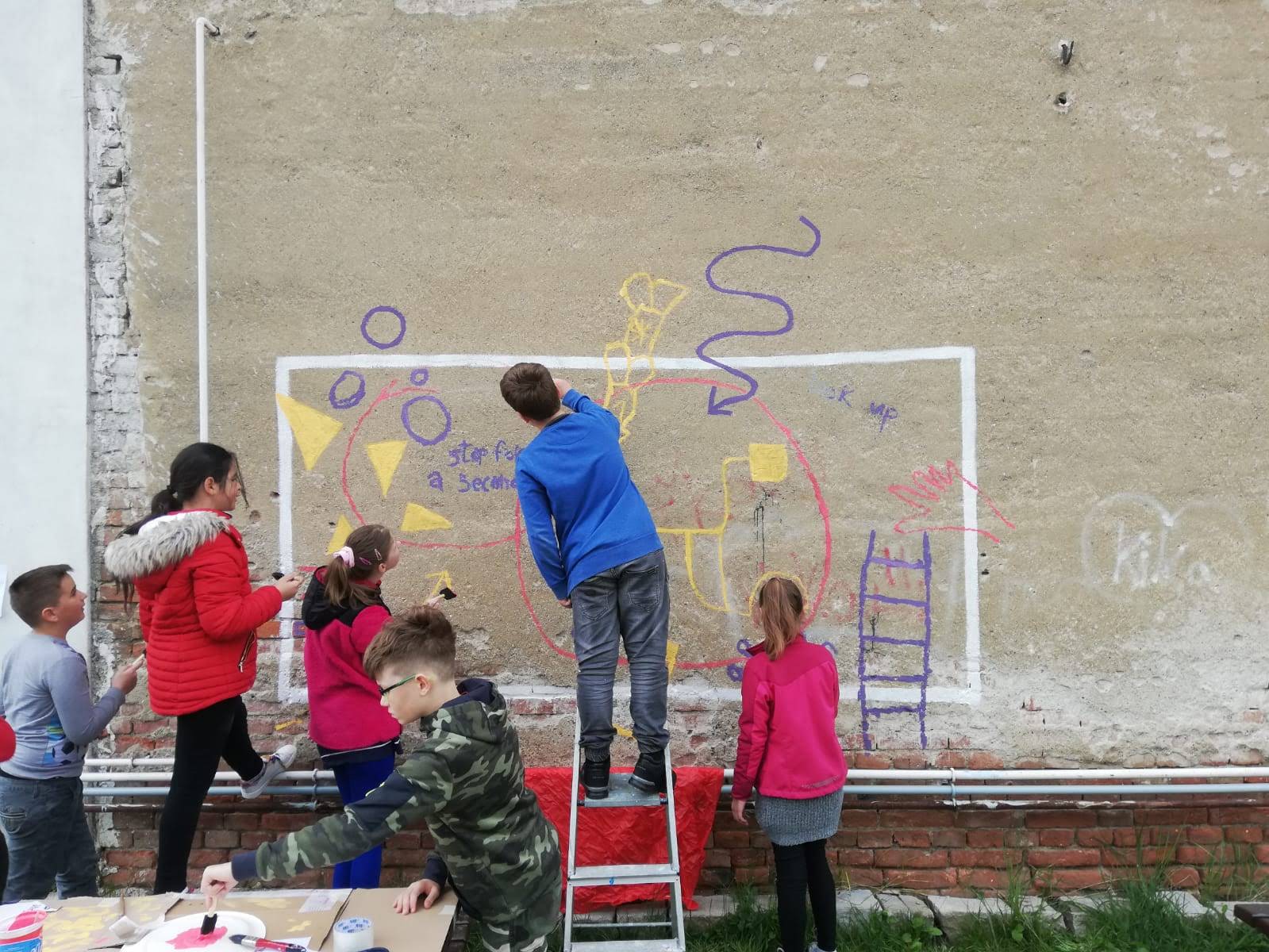
“Treat this exhibition more like an obstacle course. Repeat and repeat, to be
able to create something new. Pull yourself, don’t let go, hide, run across,
climb and find your balance! (...) You have a right for space. Children’s playgrounds were introduced in the post-war society to serve the needs of a growing population, and to invest in the future generation. A public space for play was also good to keep the little troublemakers off the streets when cars started taking over the roads. But we all know, the best playgrounds are not the ones they build for us, but the ones we build for ourselves."
Video
Artalk.cz,
Nástupište 1-12
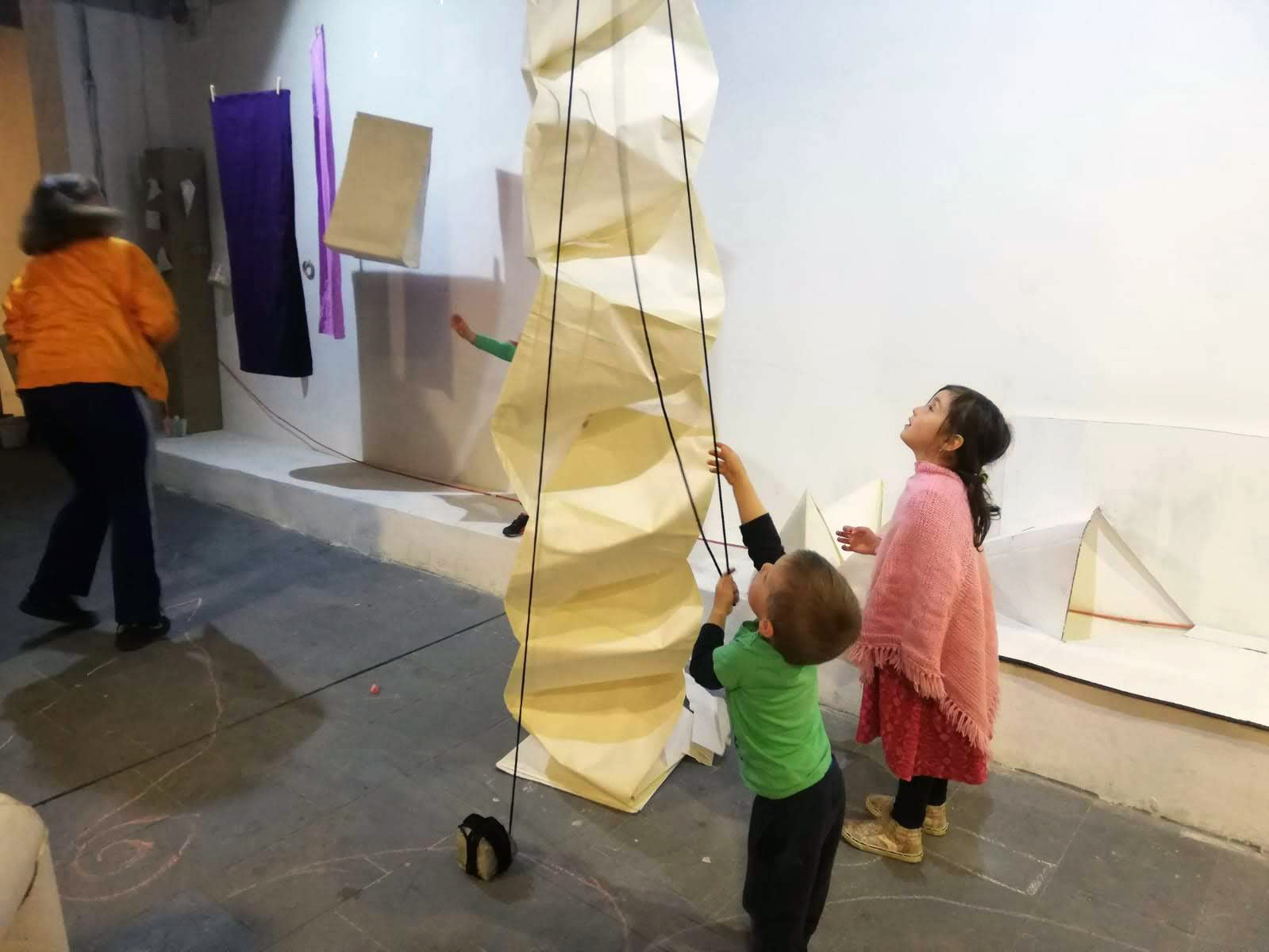
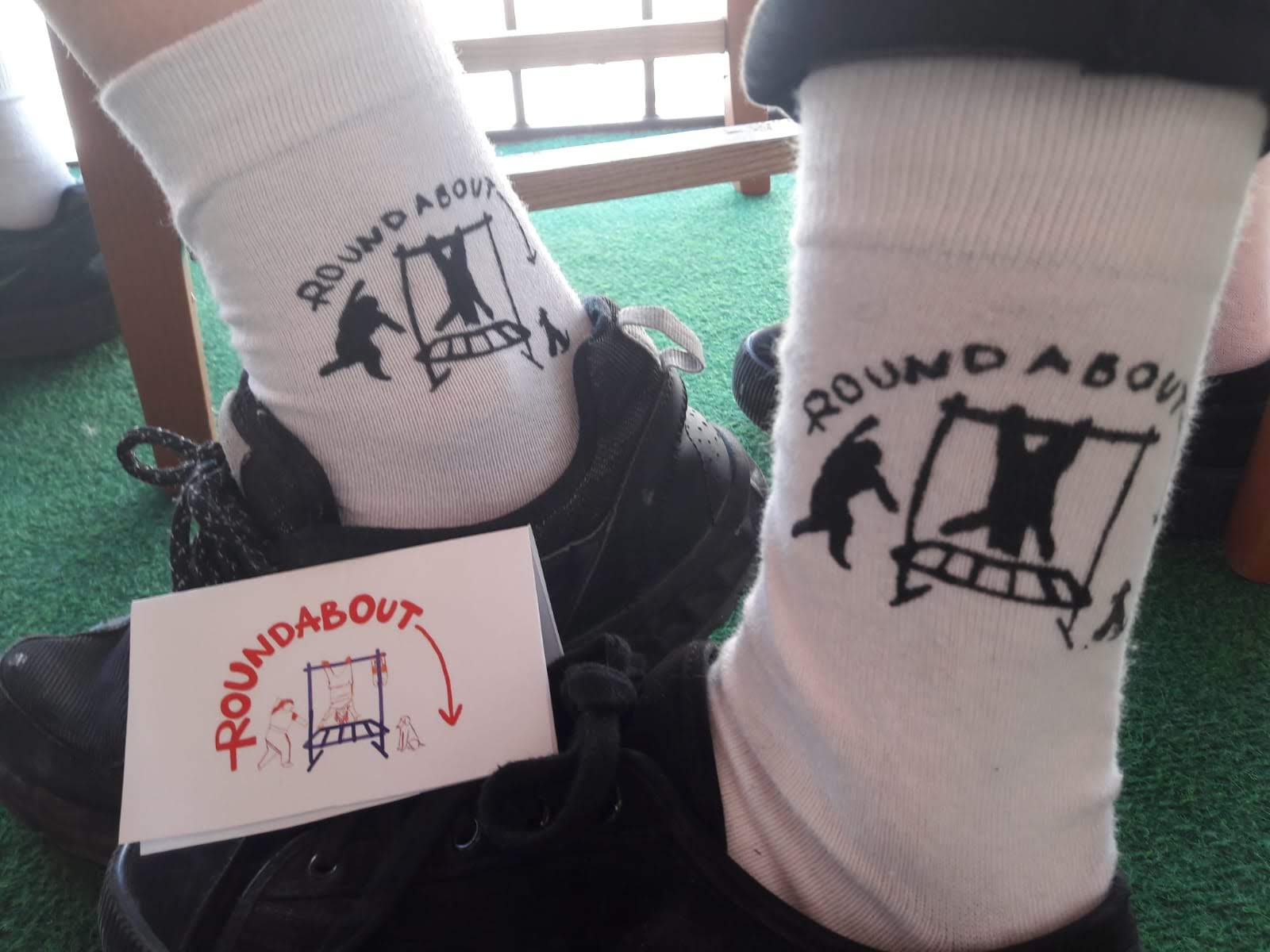
Outdoor installation. July 2018, Studio Pavilion, House for an Art Lover, Glasgow. Anna Tudos with Maria + Henri, Izzy Arnold and Sylwia Osiecka.
Enthusiasm is an installation occupying the negative spaces at the Studio Pavilion at House for an Art Lover. The chalk drawing created for the court space functions as an obstacle course where various graphic signs evoke different physical moves and actions. Visitors of all ages are welcome to test the 2D playground, which aims to raise awareness on our connection to our built environment and the significance of playfulness while testing out different scenarios of the future of society. Handout/Zine
